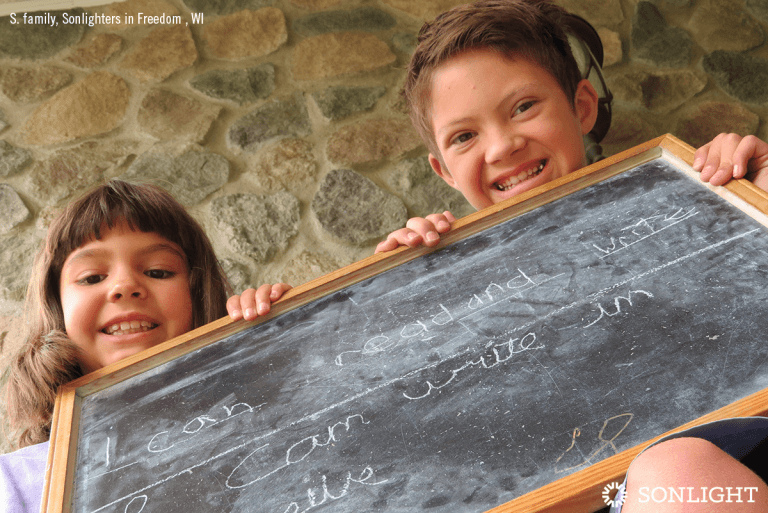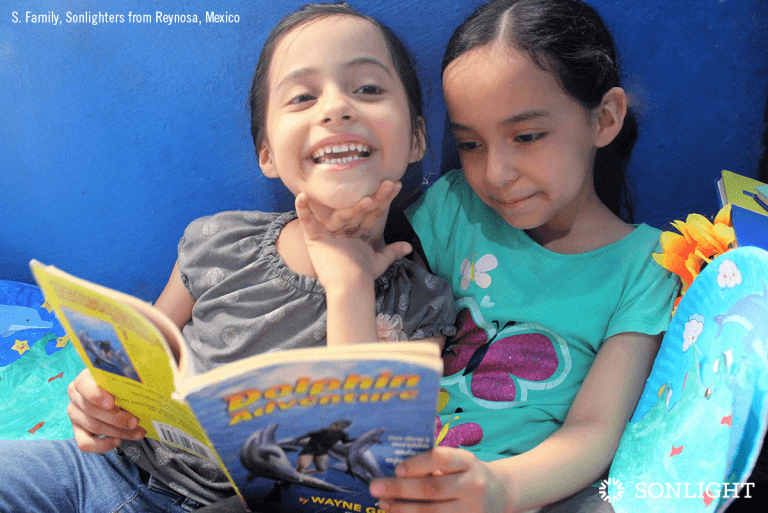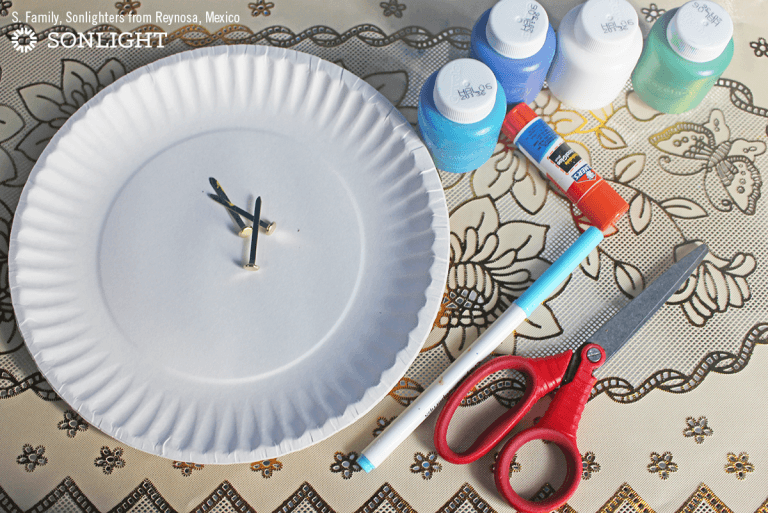I was a missionary kid, born deep in the heart of southern Mexico and then lived in the former Yugoslavia. The idea of giving to missions isn’t merely conceptual to me; it played out in my life in a very real way.
How real?
Tithes often paid for our brown bread, eggs, carrots, tangy yogurt, and meat of occasionally-questionable origin. Missions contributions bought translated Bibles, many destined for a God’s Smuggler-esque journey behind the Iron Curtain. As Paul and Timothy wrote in the first chapter of Philippians, “For even in Thessalonica you sent aid once and again for my necessities.”
1. Giving to Missions Reminds Us People Are Created in the Image of God
We sometimes forget the money from missions giving goes to living, breathing people, don’t we? In the Western church, we’re so conditioned to think of missions in terms of projects and outreaches, we don’t always remember the beating pulse of tangible humanity—or the living expenses—underneath it all.
But kids don’t think in terms of programs. While adults wrangle with logistics and numbers and people groups, children always see people. Understanding that both the reached and the reacher alike are people created in the image of God guards us against the skewed perspective that we—rather than Christ—are the Savior.
2. Giving to Missions Enables Us to Obey the Biblical Command to Tithe
There’s no question tithing is a Biblical idea; a plethora of passages address the concept of giving a portion of one’s income. While the Old Testament is clear on giving ten percent, the early Christians placed a placed a special emphasis on plentiful, generous, cheerful giving. Throughout the New Testament, we can see that the early Christians considered giving to originate with the church and proceed outward; meeting the needs of whoever had lack, both within the community as well as beyond its borders:
“...a severe famine would spread over the entire Roman world. Then the disciples, each according to his ability, determined to send relief to the brethren dwelling in Judea. This they did, sending their gift…” (Acts 11:27-30)
3. Giving to Missions Generates Gratitude
Talking to kids about giving as a means to meet others’ needs necessitates a conversation about lack. Most of us find it uncomfortable to have conversations with our kids about money, especially when it comes to discussing classifications like poor and the wealthy. But a frank discussion about
- food availability,
- clean water access,
- sanitation options, and
- shelter conditions
prompts gratitude in even the most modest of settings.
And that’s just touching on food, water, and shelter. Have your kids ever whined about picking up toys? When irritated by a mess of craft supplies or strewn toys, it’s easy for me to lose perspective and forget what a tremendously first-world problem of excess such clutter is.
As parents, we can use a gentle nudge toward gratitude from time to time, too. (Have you compared your income against a global scale? An annual net salary of $12,000 USD ranks in the top 15% of wealthiest people, worldwide.)
4. Giving to Missions Shifts Our Perspective
Especially for Christian kids raised in the church, it's easy to slip into the misconception that Sunday School is a normal way of life for everyone. But Vacation Bible School and Wednesday evening services are not universal experiences of childhood by any means—worldwide, or even within America. If you and your kids have access to freely attend church programs, that’s actually a massive privilege and luxury. Kind of amazing to think about, isn’t it? It’s definitely an important point to discuss with our children.
For many children in India, Sunday School is certainly not a reality. Even simple Bible songs are wholly unfamiliar. Prior to the launch of Sonlight’s 2018 Giving Campaign: Experience India, I was not familiar with Mission India or with their focus on year-long Bible clubs. But throughout the coming weeks—alongside my fellow Sonlighters—I’ll be collecting coins and learning about India through the free virtual reality Adventure Pack.
5. Giving to Missions Allows Us to Play a Part in the Great Commission
Won’t you sign up to Experience India too? During this fall campaign, Sonlight will match every donation up to $100,000.
And I know many of you have the same question I did: Just how much of the money my kids and I collect will actually go toward these Bible clubs? Mission India explains, “For each dollar received, Mission India spends 80 cents on our ministry work, 8 cents on ministry management, and 12 cents on development.” Good to know, right?
As we step into the Great Commission together, let’s pray for God to open our hearts and our eyes to what He wants to do in our own lives through this encounter. And let’s pray for the kids who will be hearing about Jesus—most for the very first time—through Mission India’s Children’s Bible Clubs.
Sonlight has teamed up with Mission India to bring you Experience India—a FREE, four-week, virtual reality (VR) adventure online—focused on how Jesus’ final command, the Great Commission, is being lived out in India.
We hope Experience India will develop in your kids a heart for the unreached by providing a fun and easy way to participate in the Great Commission.
We’ve set a goal of raising $100,000 for Year-Long Children’s Bible Clubs through the Experience India adventure—enough to enroll nearly 4,200 kids in India in Bible Clubs.
But, there’s more....Sonlight will match, dollar-for-dollar, all the money that's raised through Experience India—up to $100,000!
That means nearly 8,400 kids can learn about Jesus in Year-Long Children’s Bible Clubs this year! Will you join us in helping reach thousands of children with the Gospel?
NOTE: Experience India is an educational fundraiser, but there is no cost or obligation to participate.


















